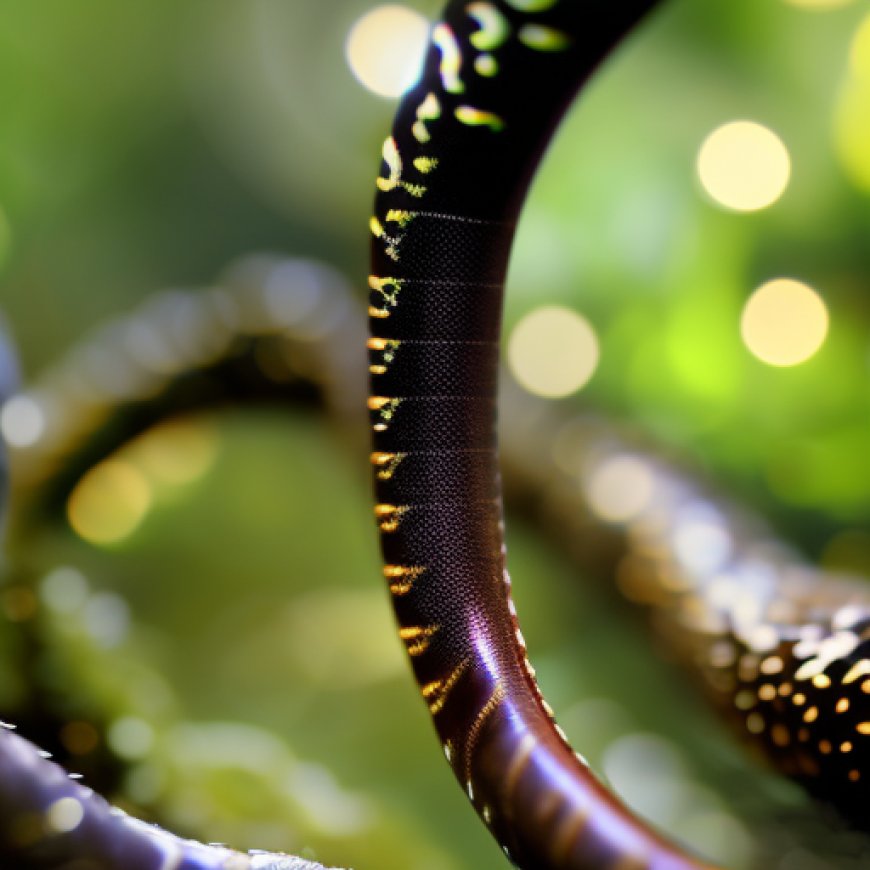Public reminded to not disturb spawning sea lamprey in Connecticut River drainage
Public reminded to not disturb spawning sea lamprey in Connecticut River drainage Vermont Biz


Connecticut River’s Native Sea Lamprey: A Vital Part of the Aquatic Ecosystem
Importance of Sea Lamprey in the Connecticut River Basin
The Vermont Fish and Wildlife Department has issued a reminder to the public and anglers to refrain from disturbing the spawning sea lamprey found in the Connecticut River and its tributaries. Fisheries biologist Lael Will emphasizes the crucial ecological role played by sea lamprey, which are native to the Connecticut River basin. These creatures are considered a Species of Greatest Conservation Need in both Vermont and New Hampshire due to their significant ecological benefits.
Sea Lamprey’s Life Cycle and Ecological Contributions
Sea lamprey spawn each spring in the Connecticut River and its tributaries, such as the West, Williams, Black, and White Rivers. Adult sea lamprey, which are non-parasitic during their spawning phase, contribute to the freshwater ecosystems by cycling marine nutrients through their carcasses after death. The larval stage of the lamprey lives sedentarily in freshwater, filtering detritus for nutrition. As they mature, they become parasitic in the ocean, serving as a food source for various marine species.
Sustainable Development Goals (SDGs) and Sea Lamprey Conservation
- SDG 14: Life Below Water – The conservation of sea lamprey aligns with this goal by maintaining the health of aquatic ecosystems and supporting marine biodiversity.
- SDG 15: Life on Land – By improving fish passage facilities, Vermont Fish and Wildlife contributes to terrestrial biodiversity through better riverine ecosystems that support various species.
Management and Conservation Efforts
The Connecticut River Migratory Fish Restoration Cooperative manages the species with a collaborative approach involving state and federal agencies as well as public representatives. Efforts include enhancing fish passage facilities to support not only sea lamprey but all migrating fish species. In 2023, over 21,000 sea lamprey passed through the Holyoke Dam, showcasing the success of these conservation efforts.
Learn More About Fisheries Management Programs
For more information on Vermont Fish and Wildlife’s fisheries management programs and their contribution to sustainable development goals, visit www.vtfishandwildlife.com.
Supporting Sustainable Journalism
To access more information on sustainable practices and conservation efforts, consider subscribing to VermontBiz at subscribe HERE.
“`html
Analysis of Sustainable Development Goals (SDGs) in the Article
1. SDGs Addressed in the Article
The article addresses the following Sustainable Development Goals (SDGs):
- SDG 14: Life Below Water
- SDG 15: Life on Land
2. Specific Targets Under the SDGs
Based on the content of the article, the following specific targets can be identified:
- Target 14.2: Sustainably manage and protect marine and coastal ecosystems to avoid significant adverse impacts.
- Target 15.5: Take urgent and significant action to reduce the degradation of natural habitats and halt the loss of biodiversity.
3. Indicators for Measuring Progress
The article implies the following indicators for measuring progress towards the identified targets:
- Indicator for Target 14.2: The number of sea lamprey passing through fish passage facilities.
- Indicator for Target 15.5: The conservation status of sea lamprey as a Species of Greatest Conservation Need.
4. Table of SDGs, Targets, and Indicators
| SDGs | Targets | Indicators |
|---|---|---|
| SDG 14: Life Below Water | Target 14.2: Sustainably manage and protect marine and coastal ecosystems. | The number of sea lamprey passing through fish passage facilities. |
| SDG 15: Life on Land | Target 15.5: Take urgent action to reduce habitat degradation and halt biodiversity loss. | The conservation status of sea lamprey as a Species of Greatest Conservation Need. |
“`
Copyright: Dive into this article, curated with care by SDG Investors Inc. Our advanced AI technology searches through vast amounts of data to spotlight how we are all moving forward with the Sustainable Development Goals. While we own the rights to this content, we invite you to share it to help spread knowledge and spark action on the SDGs.
Fuente: vermontbiz.com

Join us, as fellow seekers of change, on a transformative journey at https://sdgtalks.ai/welcome, where you can become a member and actively contribute to shaping a brighter future.







